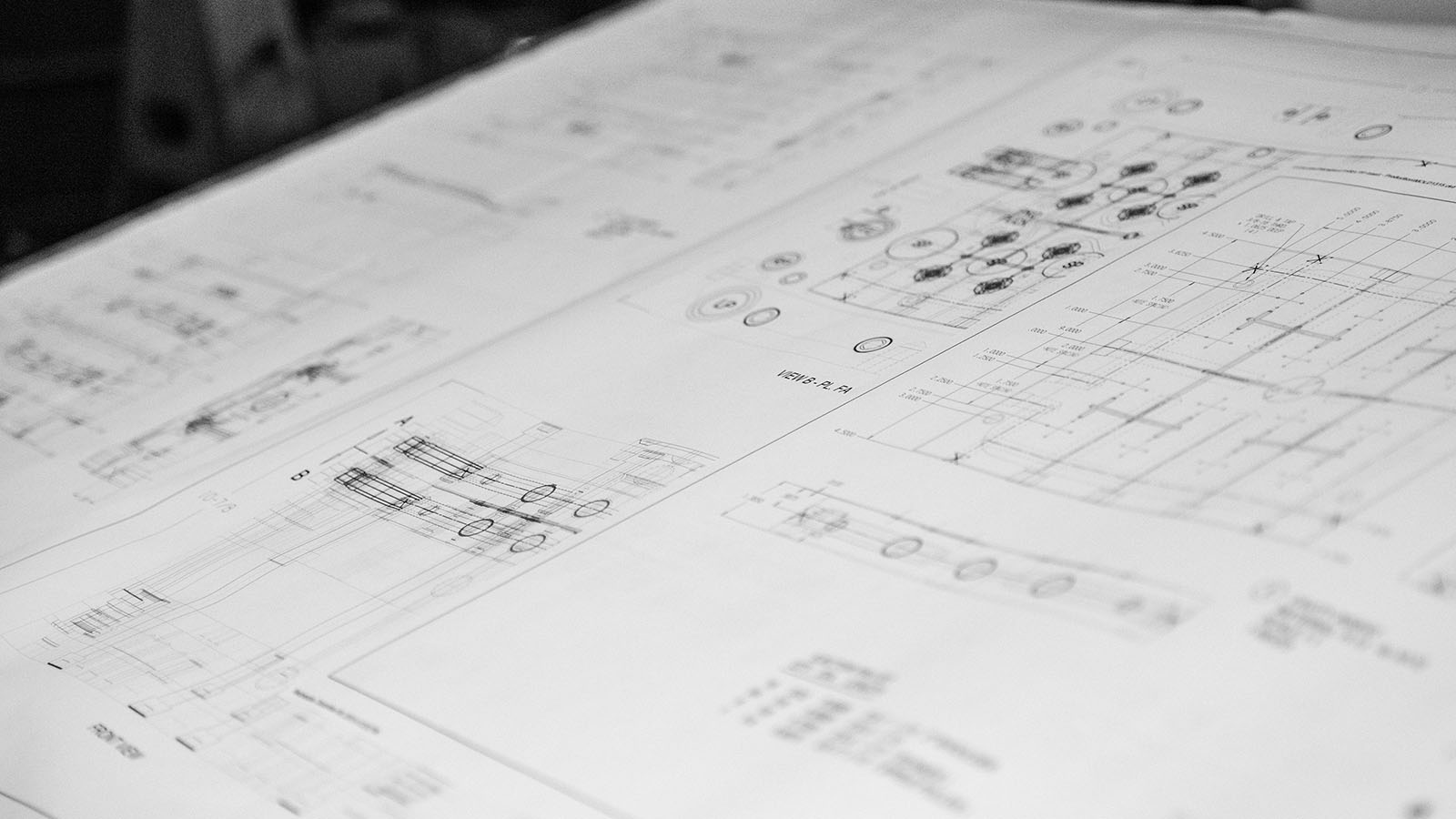Sourcing your supplier
01 / Are they listening to you and asking questions?
Understanding your goals and what your part does is important. Your molder should want to know what the part does, where it goes, how it works, and so on. Understanding this, they may have suggestions that make your part better. There could be areas of your part that, if modified, could save you significant up front and long term costs.
02 / What services do they provide?
Providing design, tool building, and injection molding make us better at each service. I’d be wary of designers that have never been a part of a build. Or a tool builder that has never seen their molds run beyond sampling runs. Furthermore, not having everything under one roof makes you the intermediary for communication. You may end up paying to ship your mold around during initial trial runs. These are costs that you may not have planned for.
03 / How much experience do they have?
A business doesn’t need to be around for decades to be a great supplier. In our experience, even the smallest design details can make a big difference. Knowing when and how to apply these details comes with years of experience. Don’t let your project become the learning curve for a supplier. Meaning if you have a challenging project, make sure they have overcome similar challenges. Otherwise, you may be setting yourself up for disaster.
04 / What equipment do they have?
Making precision components and high-quality injection molds require talented people. But that talent needs to be coupled with modern machines and technology. Make sure your tool builder has invested in equipment that can produce the level of quality you need.
05 / Are they a financially strong and stable business?
You’re going to rely on a supplier to provide you with components for years. If they go out of business how are you going to keep the flow of parts coming to keep your business going? Ask for references, and make sure they are stable. Your supplier should also have documented contingency plans for unexpected circumstances.
Getting your mold builder / injection molder involved early
Understanding what is available to you
3D printing and quick turn-around prototype tooling can have many advantages. From a testing and prototyping standpoint, 3D printing is a game-changer. In the past, you would build a prototype mold, run parts, test them, make any changes to the mold and repeat. Now you can find a 3D printing supplier and have parts in your hands in a few days. For more on 3D printing and injection molding check out this post.
Many companies, including Basilius, offer quick turn-around tooling options. These options are cost-justified when you need hundreds of parts for testing. You also have the advantage of having prototype parts manufactured with the same process as the production parts. Those parts will have the same visual and mechanical characteristics of production parts, providing more accurate testing.
Understanding Timing
The lure of molded parts in a week is tempting and nothing new to the industry. If you only need a few molded parts in a week, this is a great option. This may not be realistic if you are going to need thousands of parts on an ongoing basis. Again, this is where your supplier should be helping you choose the right path. There are no universal rules on how to go from prototype to production. Because of this, the timing to get there can vary. Tell your supplier what you need and see what they can do to make it work.
We’ve had many customers that needed prototype parts in a few weeks. At the same time, they needed production parts shortly after that. We worked with them to understand the critical areas of the parts. We were then able to kick off prototype and production tooling at the same time. We stayed “steel safe” in critical areas of the tooling and could complete other components. We could then mold parts off the prototype and make any design changes to the production mold. In other cases, we’ve built one cavity of a multi-cavity mold to serve as a prototype. We make adjustments to the single cavity and do another sampling. Once proven we finished the remaining cavities.
Planning For Growth
When in the early stages of a project it’s important to think about how your project will scale. Going from a single cavity mold to a two or four cavity (also called cavitation) may only add a small amount to the mold cost. For a modest increase in up-front cost, you can double or quadruple the output. This is the most simple way to scale volume. This also reduces the piece price, which will offset the initial investment over time.
Not planning a mold for growth may also cause capacity issues. Molds can only run so fast and can only produce so many parts per unit of time. If you stick with low cavity count, you may end up paying for two molds rather than one. This is not to say that every mold should have several cavities. This is another case where your supplier should be helping you look at options. Every part is different, but each needs great planning to be successful.
Communicating your plans to your supplier and leveraging their experience is critical. Make sure your supplier is capable and wants to be a part of your success. Get them involved, ask questions, and build a partnership that will last for years.


